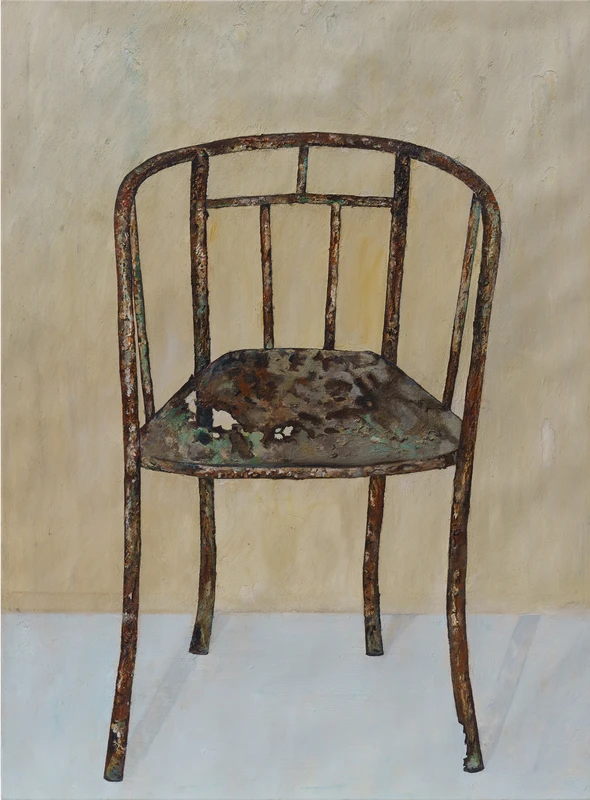Looking In
17 Apr-25 May 2024
PV 24 Apr 2024, 6-8pm


What unifies von Hessen’s works is the overarching theme of ‘the great indoors.’ Despite the ostensible simplicity of the subject matter, her depictions of familiar realities encourage the audience to pause and contemplate the poetics of the everyday. The practice of reimagining an interior space establishes a series of dichotomies: the fragment and the whole, the ephemeral and the permanent, the mundane and the new, introspection and active curiosity.
Having undertaken a Masters in costume and set design at New York University, an ex-designer for the costume house Tirelli, and founder of her own fashion brand, it is perhaps unsurprising that von Hessen possesses an avid fascination with the materiality of objects. Looking at her works is as though peering through a viewfinder into a snapshot of our interior lives. Objects are intricately decorated, surfaces adorned, and warm, vibrant hues suggest a convivial atmosphere. By capturing the exaggerated sensations of interior surfaces and textures, such as the intricacy of a textile or the complexity of light as it hits an object, von Hessen’s depictions transcend the banal, even lending her work a heightened sense of drama. Her figurative style permits an element of compositional freedom; furnishings are depicted as larger-than-life and objects of intrigue are transposed into unfamiliar environments. As such, von Hessen creates a sense of the expanse of the indoors, which is seemingly at odds with the intimacy of her chosen subject matter.
‘Lived in’ scenes, which would ordinarily serve as bustling social spaces, are instead devoid of an explicit human presence. Yet, visual signifiers such as coats hanging on a mirror, food on a tabletop, or an indent in a chair, hint at recent activity and situate an interpretation of von Hessen’s work, not only within the poetics of space, but time. We are encouraged to ask the question: what is about to happen, or what has happened? It is this buzz of life, gesturing towards history and anticipating the future, which von Hessen refers to as the ‘soul’ of an object. As a result, material components become characters in her narrative, further animating the space and subsequently encouraging introspection from the viewer. A tension between the physical and psychological acts of ‘looking inwards’ is exemplified in Doves With Franz West. The presence of a beloved pet, notepad and key, aid in conveying a space which is clearly personal to the artist. The spatial incoherencies, however, caused by the impossibility of the mirror and its unmatched reflection, introduce a multiplicity of gazes. We, the viewers, are invited in.
Jennifer Guerrini Maraldi (Director of JGM Gallery) says that “I am delighted and very proud to be the first to exhibit the unique works of Mafalda von Hessen, here in London. Each painting is exemplary of both her personal charm and the vibrancy of her surroundings in Rome, where she lives and works.”